A topic of hot debate following Apple's iPhone enterprise announcements last week is whether the company's ActiveSync approach to push email will inevitably prove superior to Research in Motion's three-tier, NOC-based architecture.
Specifically, analyst Rob Sanderson and Shaw Wu said they see products from the two smartphone vendors addressing an increasingly larger percentage of the nearly 1.3 billion unit global cell phone market over the next 10 years, and that they expect the two firms to combine for 35 million smartphone sales this year alone.
To its advantage, Apple has a stronger service story and the best in-class user interface design, while RIM has leverage given its well-established enterprise story and expertise in efficient design.
In RIM's favor
For its approach to enterprise level wireless "push" email, RIM employs a network operations center (NOC) as a sub-network that connects to more than 300 wireless carriers around the world. This agnostic approach served for use with nearly any carrier, stands as the only true "push" email solution available today, according to the analysts, forgoing IP-addressing in favor of indexing BlackBerry devices on the network using PIN codes.
"This allows a server (like BlackBerry Enterprise Server (BES)) to call the device at any time to push information (like an email message)," they wrote. "The NOC offers security advantages because it does not require an inbound firewall port to remain open, it eliminates the opportunity for denial of service attacks, and the NOC can prevent 'bad packets' from reaching devices."
Sanderson and Wu say the use of a NOC approach helps carriers manage traffic flow — throttling back at times of capacity overloads — and allowing for continual improvements to compression and routing. An example of this is RIM's Dynamic Packet Allocation (DPA) technology, which determines how many packets a Blackberry can accept and how quickly based on connection quality in a specific cell-site and other factors.
Meanwhile, the BES component connects to mail servers like Exchange, Lotus Notes and Novell Groupwise, passing emails, calendar, and contact information through the NOC to wireless devices.
"The BES server and the BlackBerry handheld share a unique randomly generated security key based on triple-DES encryption which is considered unbreakable," they explained. "The BES server encrypts all information with this key while behind the corporate firewall, before passing through the NOC. The only decryption key in existence resides on the handheld device, which gives BlackBerry the highest level of security in the industry."
As such, the analysts noted that RIM is the only vendor to have thus far received top-level security accreditations in North America and Europe. This has helped make BlackBerries the exclusive smartphone of secure conscious agencies like the US Department of Defense and the Department of Homeland Security. For this reason, the analysts say "claims of security issues raised by ActiveSync advocates seem completely meritless."
Another advantage of RIM's BES component is bandwidth consumption management, as email data packets see significant reductions in size due to advanced compression technologies that see attachments sent not as native attachments, but in a format better suited for wireless transfer.
In addition, Sanderson and Wu note that the BES architecture provides IT managers with a single point of management for an entire fleet of handheld devices belonging to an organization, including remote activation, security “wipingâ€, and the ability to perform over-the-air software installation.
"BES is not costly. BES has a wide-range of pricing models, the larger components of which are a customer access license (CAL) and T-support," they wrote. "On average, the annual software and support revenue RIM collects is about $30 per year per enterprise subscriber."
Batting for Apple
On the flip side, the analysts point to Apple's ActiveSync approach to push email as one of the ways IT manages could help cut costs through the architecture's reduced reliance on storage, server and network resources. While it may not yet offer the robustness of RIM's three-tier approach — Exchange Server, BES and the NOC — ActiveSync is much cheaper and simpler from a management standpoint.
"The key issue with an external NOC is why does every enterprise e-mail sent and received have to pass through a third-party (in this case in Canada)?," noted Sanderson and Wu. "This raises security risks as the e-mail is sent outside a company's firewall to an additional party besides the public network." With Apple's ActiveSync approach, emails will be authenticated within a company's firewall, then transfered directly over a public network to iPhones, bypassing the need for an NOC.
But despite being available since the advent of the BlackBerry, ActiveSync has not been nearly as successful. Even with the support of device makers like Motorola, Palm, Samsung and Nokia, IT corporations are still dominated by BlackBerry technology.
"We see several technical limitations including: 1) security, 2) scalability, 3) network efficiency and 4) power efficiency," Sanderson and Wu wrote. "We also see non-technical related issues. For instance, service and support can be a problem for IT managers as there are several vendors involved (Microsoft, device maker, carrier) whereas for BlackBerry there is only one number to call in the event of a failure."
More specifically, the analysts say Security may be a major drawback due to ActiveSync's reliance on an inbound port remaining open on the iPhone, which users are more likely to misplace or lose than similarly configured notebook computer running Outlook. Complicating these issues are scalability concerns brought about by the lack of a fixed IP address on cell phones.
"From our understanding, current Microsoft-based solutions continually ping the network to not time-out and maintain the device’s IP address," they explained. "Keeping the IP-session open is how Microsoft replicates a push-like experience without a NOC. We believe this will present scalability issues if these devices proliferate as a growing number of devices are squatting on a finite allocation of IP-addresses."
This approach, the analysts added, is also likely to have a adverse affect on network and power efficiency due to the constant pinging, which is believed to consume in excess of 2-10 times the bandwidth of RIM's approach, weighing on battery life at the same time.
Nevertheless, Sanderson and Wu remain open minded towards Apple's prospects of bettering the ActiveSync experience, noting that the company maintains several assets that should make its implementation superior to those that came before it. Such examples are a robust and efficient iPhone OS, an e-mail client that has been built from the ground up to handle Exchange, and the closest experience yet of a personal computer on a mobile device platform.
They also point to the company's easy programming tools for enterprise developers and tighter integration with PC and server hardware already familiar to the IT sector.
 Katie Marsal
Katie Marsal



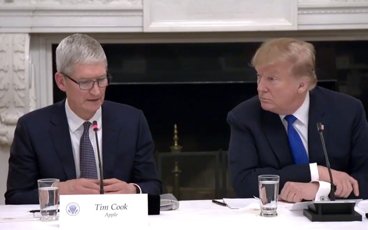

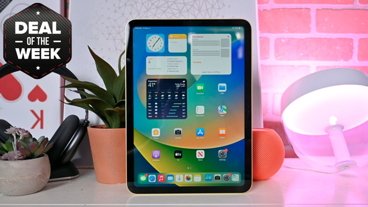
-m.jpg)





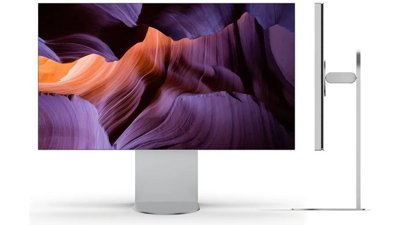
 Malcolm Owen
Malcolm Owen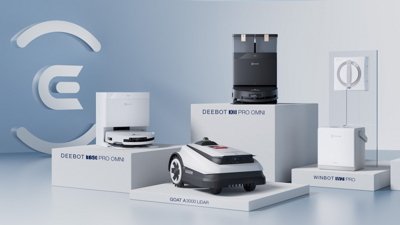
 Andrew O'Hara
Andrew O'Hara
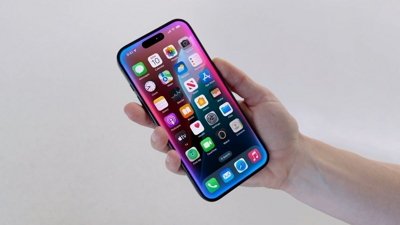
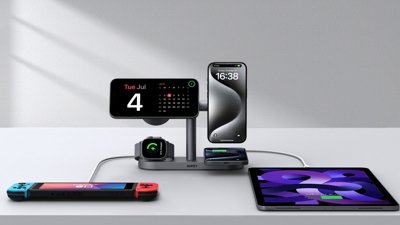
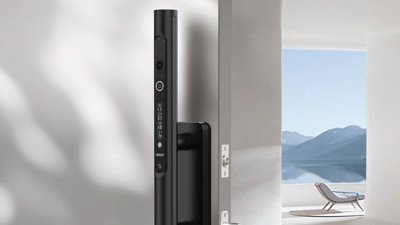
 Andrew Orr
Andrew Orr


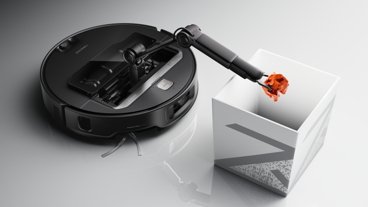






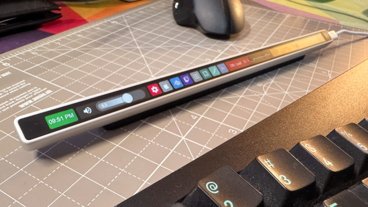

62 Comments
From the story: "...secure conscience agencies..."? I don't know how anyone working at those agencies could have a secure conscience...
I think "security conscious agencies" was what the author meant to say.
I don't think keeping the IP session open really relates to having a unique IP address. It's just a session after all, iPhone doesn't become a server in this scenario.
Yea but if you have a bunch of iPhones sucking up IP addresses and never releasing them that could be a problem.
It is a shame that there is no hybrid approach to bypass what RIM is doing-- 'NOCs' at the carrier side that allow you to contact a specific IMEI. I understand RIM does it with the SMS channel rather than using any IP, which is much easier on the battery requirements; SMS is the only "true" push option for the handsets.
Of course the reason that this is a bad idea and that RIM has the PIN numbers is that an IMEI can be spoofed...
What's really a shame is that all this hubbub about a feature nobody actually needs.
Remote file deletion is a good enterprise feature. Push email is just a perceived "need" to satisfy people's false sense of worth based on how fast they think they need an email.